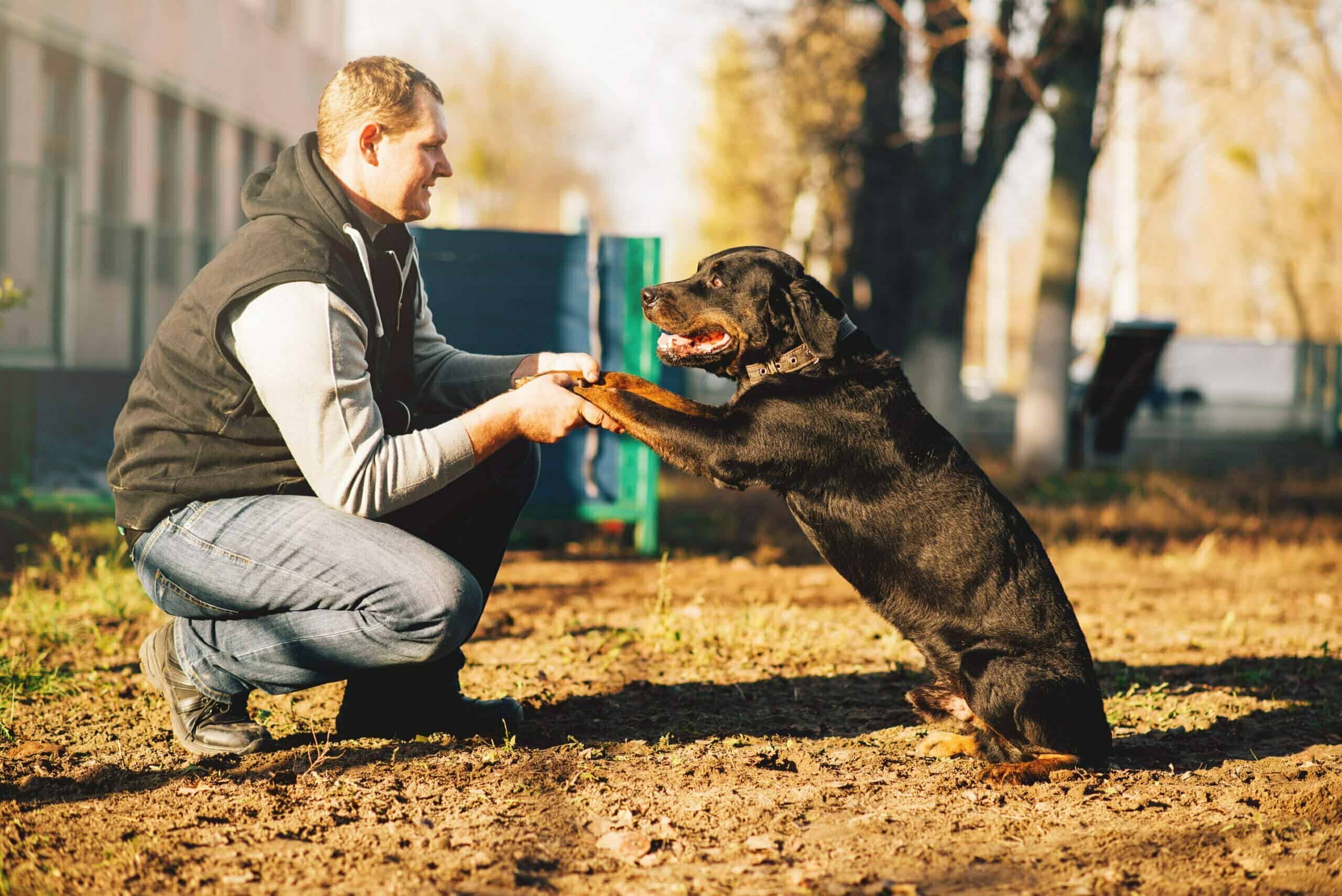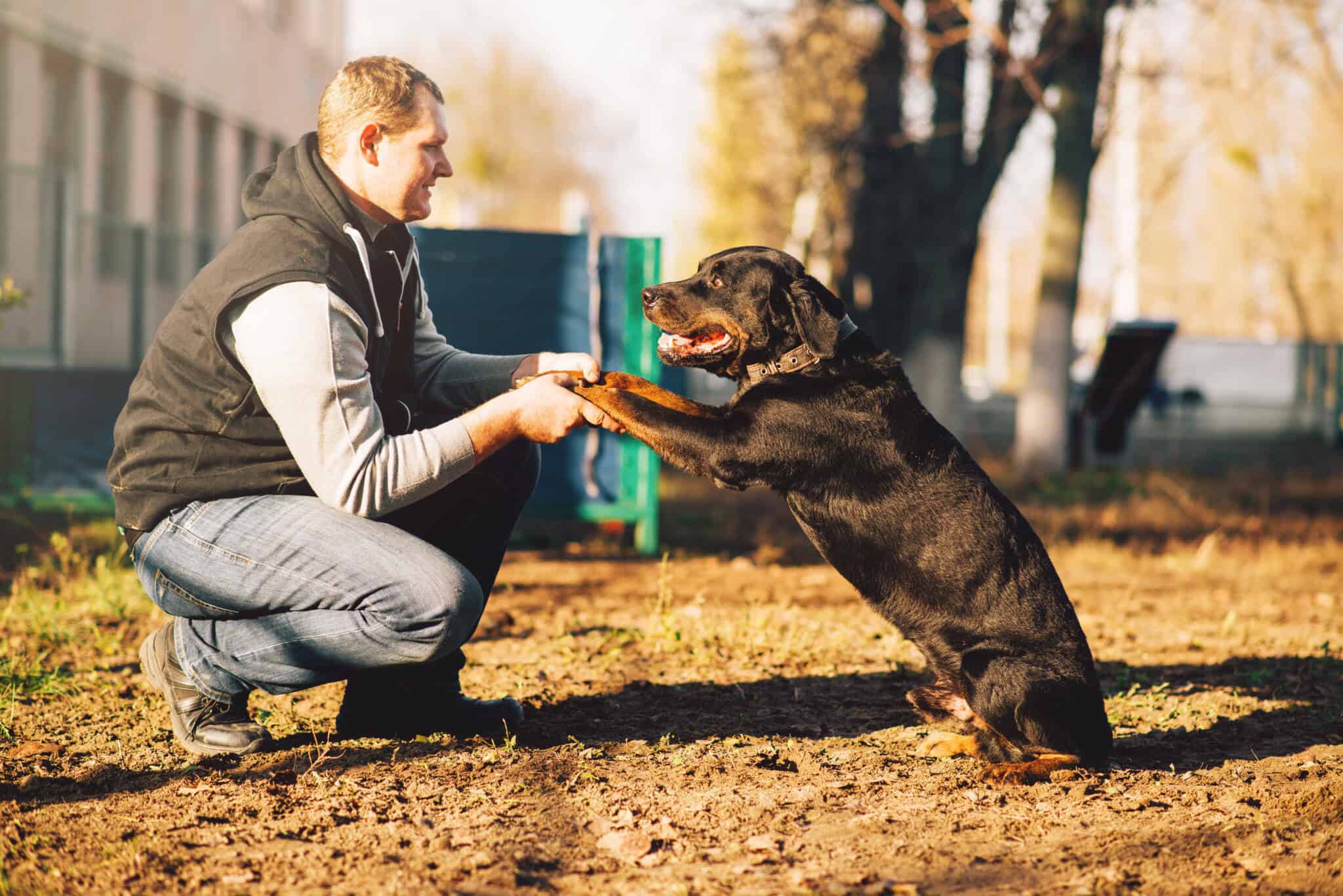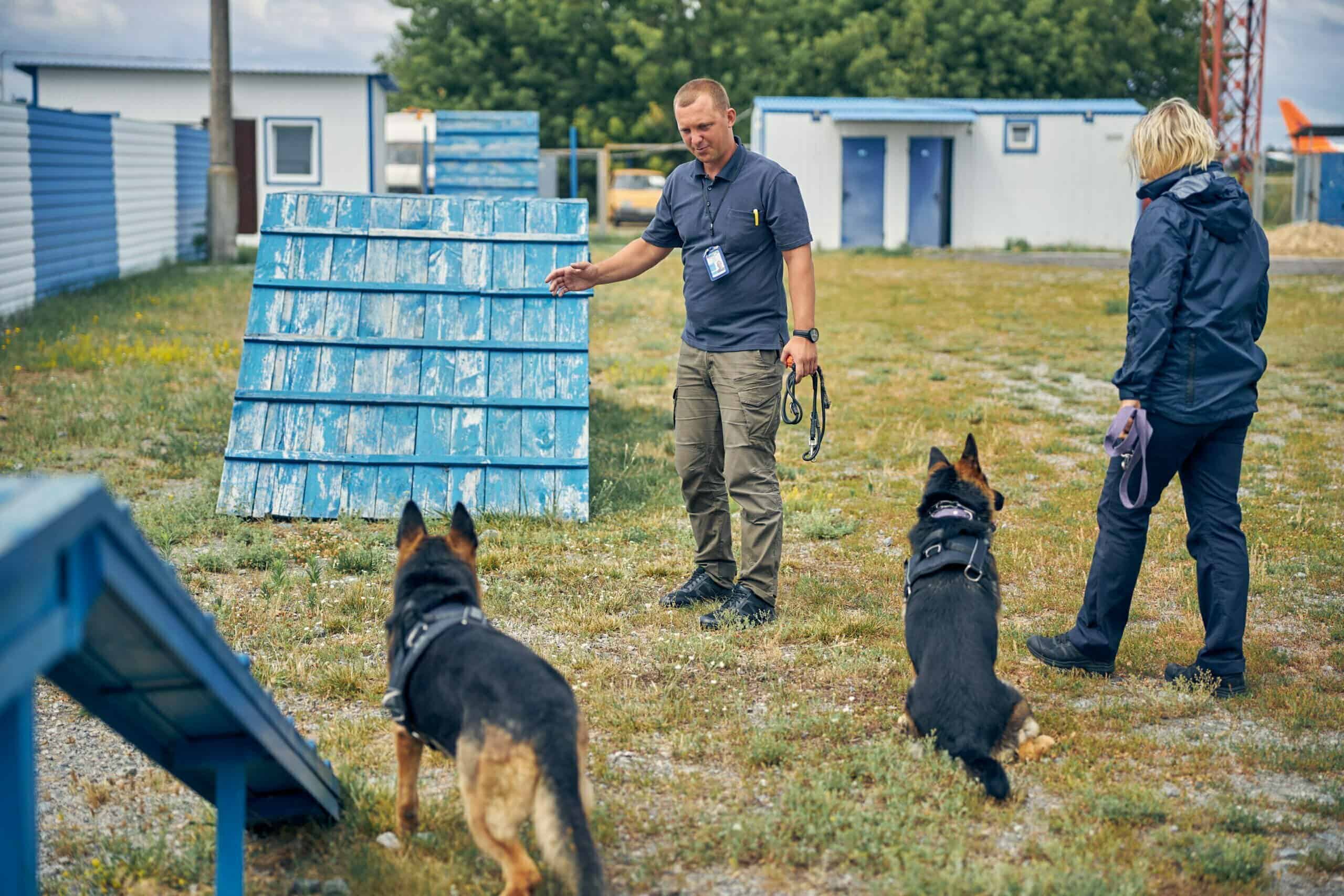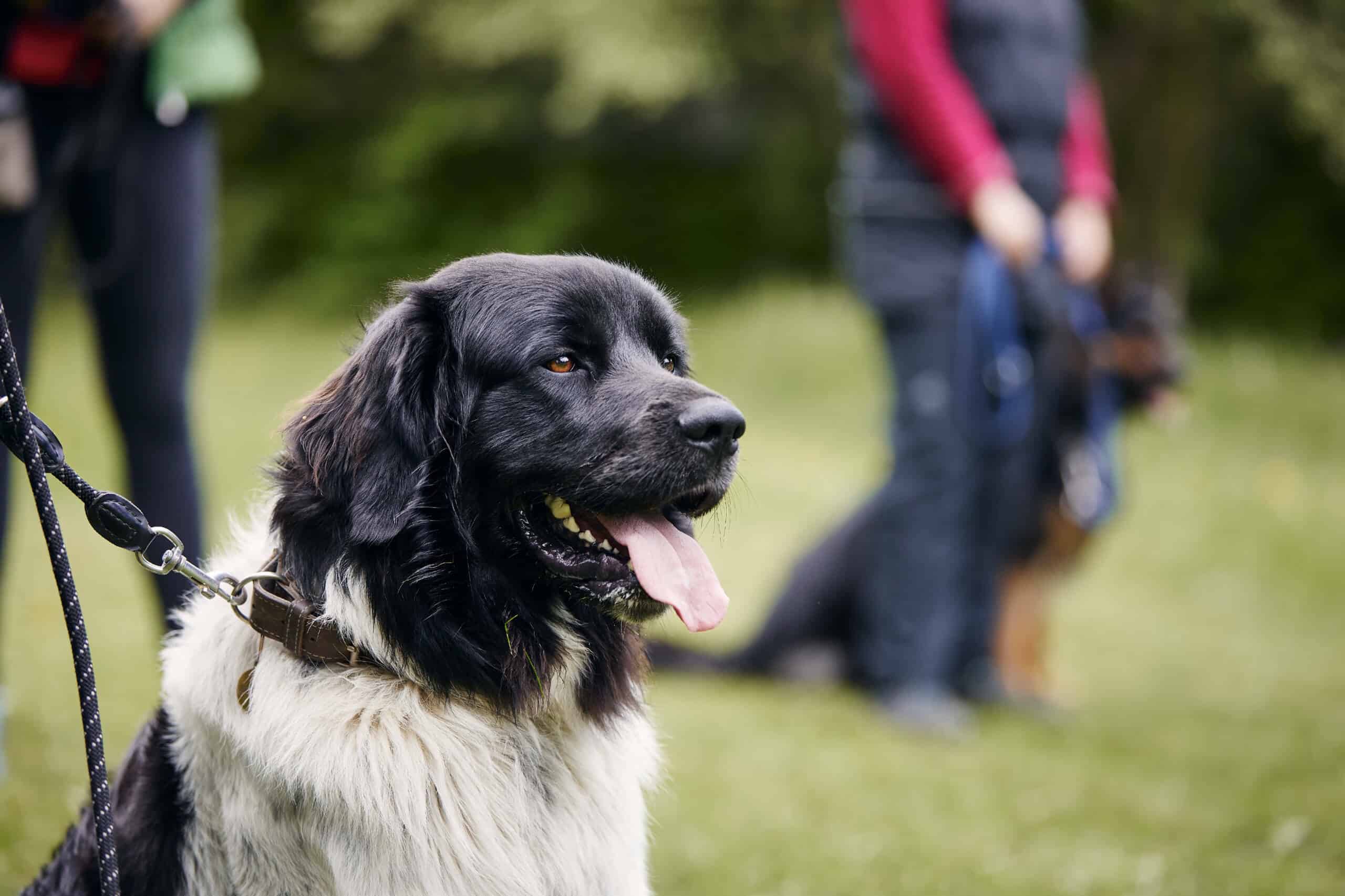
We all know that dogs are creatures of habit. Once they learn a routine, they’re likely to stick to it. So when it comes to training our furry friends, it’s important to capitalize on this fact and use their habitual nature to our advantage. One way to do this is through the use of conditioned emotional response (CER) in dog training.

In essence, CER relies on regularly pairing a particular cue or command with a desired behavior or outcome. Eventually, as the dog begins to associate the cue with the behavior, they will automatically perform the behavior whenever they hear the cue – no prompting necessary!
This can be an incredibly effective way to speed up training and achieve better results. Interested in learning more? Keep reading!
What is Conditioned Emotional Response (CER)?
Conditioned emotional response is a type of learning that occurs when an animal or person associates a particular stimulus with a desired outcome or behavior. Over time, the animal or person will begin to automatically display the desired behavior in response to the original stimulus.

In order for CER to be effective, the stimulus must be something that the animal or person can easily recognize and respond to. For example, a dog trainer might use a particular word or phrase as the stimulus, such as “sit” or “stay.” The desired behavior, in this case, would be for the dog to sit or stay upon hearing the cue.
CER is often used in animal training because it can be an effective way to speed up the learning process. By regularly pairing a cue with the desired behavior, the animal will eventually learn to automatically perform the behavior in response to the cue, without any prompting necessary.
How Conditioned Emotional Response is Used in Dog Training
Conditioned emotional response can be a useful tool in dog training, particularly when trying to teach a new behavior. When used correctly, CER can help your dog learn faster and more effectively.

One of the most common ways that CER is used in dog training is through the use of a clicker. A clicker is a small device that makes a distinctive clicking sound when pressed.
Dog trainers will often use a clicker to mark the desired behavior as it is being performed. For example, if a dog is sitting when the trainer clicks the clicker, the dog will learn that sitting is the desired behavior.
Clickers can be an effective way to use CER because they provide an immediate and consistent response that dogs can easily recognize. When used correctly, clickers can help your dog learn faster and more effectively.

Another common way to use CER in dog training is through the use of treats. Many dog trainers will use treats as a way to reinforce desired behaviors. For example, if a dog sits when the trainer says “sit,” the dog may be rewarded with a treat. Over time, the dog will learn that sitting is the desired behavior and will be more likely to do so in response to the cue.
Treats can be an effective way to use CER because they provide a positive reinforcement that dogs respond well to. However, it’s important to note that treats should only be used as a reward for desired behaviors and should not be used as a punishment for undesired behaviors.
The Benefits of Using Conditioned Emotional Response in Dog Training
There are many benefits to using conditioned emotional response in dog training. Here are just some of the reasons that you should consider using CER in the training process of your dog.

Can Help Your Dog Learn Faster
Another benefit of using CER is that it can help your dog learn faster. This is because CER relies on the principle of classical conditioning, which states that animals learn best when they associate a particular cue with the desired behavior.
For example, if you regularly give your dog a treat when they sit on command, they will eventually learn to associate the cue “sit” with getting a treat. As a result, they will be more likely to automatically perform the desired behavior when they hear the cue, without any prompting necessary.
Can Help Your Dog Learn More Effectively
In addition to helping your dog learn faster, CER can also help your dog learn more effectively. This is because CER relies on positive reinforcement, which is a highly effective way to train animals.
Studies have shown that positive reinforcement is more effective than punishment in the long term, as it leads to better learning and retention of desired behaviors.
In contrast, punishment-based training methods often lead to short-term compliance but can result in long-term behavioral problems, such as aggression or fearfulness.
Thus, CER is a much more effective way to train your dog and can help your dog learn desired behaviors more quickly and effectively.
Let’s Recap
CER is a powerful tool that can help you teach your dog new behaviors quickly and effectively. If you’re looking for a way to speed up your dog’s training, CER may be the right method for you.
If you’re interested in learning more about CER and how to use it in dog training, please contact me. I’d be happy to answer any of your questions. Thanks for reading!


